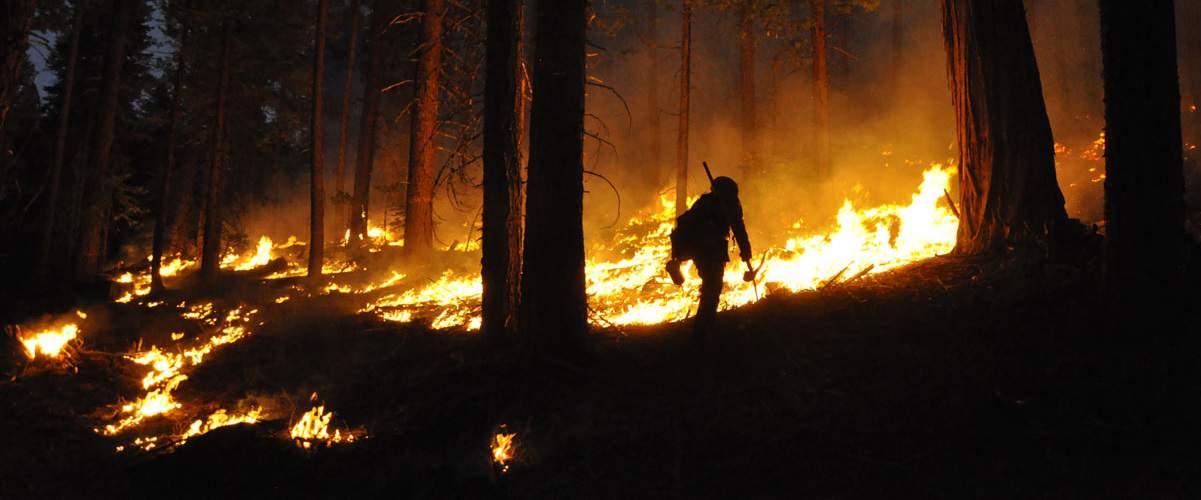From fire starting to cooking, burns happen to everyone. How to treat yourself depends on how you burned yourself. While most of them will be minor, sometimes things get serious. Regardless of which, here’s what you can do.
911-Worthy Burns
There are a few instances where it’s so bad, you need emergency help. These instances shouldn’t be taken lightly. Though the pain will likely be unbearable. You should call 911 if…
The burn penetrates all layers of the skin.
The skin is leathery or charred looking, with white, brown, or black patches.
The hands, feet, face, or genitals are burned.
The person is an infant or a senior.
For Any and All Burns
This is a pre-treatment style process. These two actions should be taken before treating the burn, regardless of severity.
- Stop being on fire. This seems obvious, but if you’re on fire, putting that out takes priority.
- Loosen up the area. Restrictive clothing and jewelry can cause issues when the affected area begins to swell. Prevent this by taking clothes off/opening them.
First-Degree Burns
This is when only the epidermis has been burned. This is the most common type of burn and can come from everything between cooking and car repair.
- Hold the area under cool water. Not cold. this will soothe the area and help reduce the temperature without shocking your skin. avoid direct application of ice.
- Cover the area with a sterile, non-stick bandage or cloth. Avoid using ointments or butter, which increase the chance of infection.
Manage pain. Taking over-the-counter pain relievers such as ibuprofen, acetaminophen, or naproxen are appropriate ways to manage this.
Consider consulting a doctor should you experience an increase in pain, swelling, fever, redness, or oozing. These are common signs of infection. Depending on their diagnosis, the doctor will prescribe either pain medicine and/or antibiotics.
Second-Degree Burns
These happen when the top two layers of the skin are affected. First, follow the same steps as a first-degree burn. Then make sure the victim doesn’t go into shock. This can happen depending on the size of the burn. This usually is done by laying the person down, raising their feet about a foot, keeping the burn above heart level, if possible, and covering the person in a blanket or coat.
It’s generally wise to visit a doctor afterward, even if you think “it isn’t that bad.” They can test severity, prescribe antibiotics, and administer a tetanus shot if needed.
Third-Degree Burns
This normally only occurs in horrible accidents, and we’re sorry to anyone who’s had to experience this level of burn. Due to the severity, this one is handled a bit differently.
- Call 911
- Loosely cover with sterile, nonstick bandage or, for large areas, a sheet or other material that that won’t leave lint in the wound. If on the hands or feet, keep the toes and fingers separate. Do not apply water or ointment.
- Prevent shock, as detailed in the previous burn info.
- Await medical personnel. They can give the affected individual far better treatment than a civilian.
Ideally, you’ll never need this information, but it’ll be here if you do.

